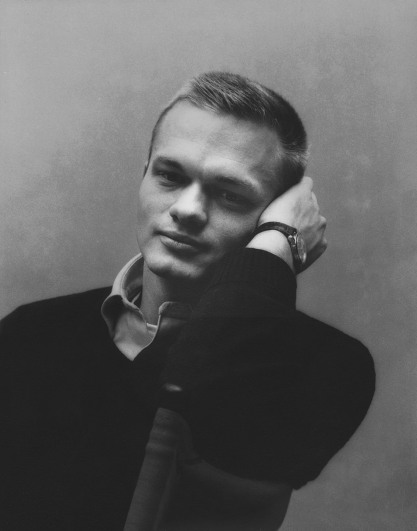
Horace Gifford
The injustice of Horace Gifford’s early death was compounded by the fact that his important contribution to American domestic architecture of the 1960’s and 70’s has been overlooked by history.
— Paul Goldberger, Architecture critic for Vanity Fair and author of Why Architecture Matters.
Horace Gifford was born in Vero Beach in 1932 and passed away from AIDS in 1992 at the age of 59. Christopher Rawlins, architect and author of Fire Island Modernist: Horace Gifford and the Architecture of Seduction “describes post-modernism and the AIDS epidemic as the ‘one-two punches’ that cloaked Gifford’s life and work in obscurity until now.”
Horace Gifford was a descendent of Henry T. Gifford who settled in Vero Beach in the fall of 1887. Henry Gifford is considered a pioneer for taking out Homestead papers for 160 acres of land which comprise much of the present City of Vero Beach. He started the first post office in the area in 1891 and used the name Vero.
Many historians think he named it after his wife, Vero. The Beach was added to her name in later years.
Horace Gifford was a celebrated beach house architect of the Sixties, Seventies and early Eighties. He led the “modernist transformation” of Fire Island, N.Y, where in Fire Island Pines there are roughly 700 Gifford designed houses blended into a square mile of dunes and scrub pines.
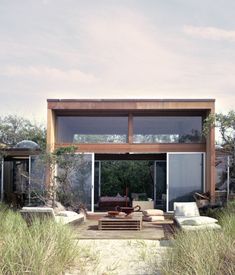
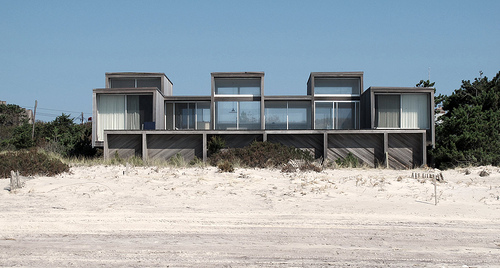
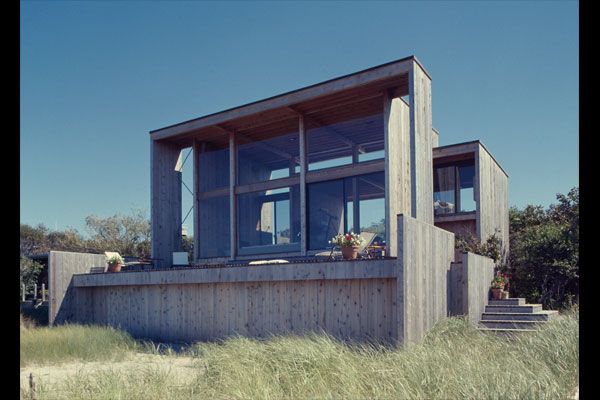
“My line to people is that the Pines is to gay people what Israel is to Jews,” Andrew Kirtzman, a longtime Pines resident and real estate developer, said recently. “It’s the spiritual homeland. There’s just a sense of history in the air, almost tangible but not quite. You just feel like you’re part of some kind of grand creation meant solely for gays.”
The history of the Pines, Mr. Rawlins said, is one of “people who had felt like outcasts finding community.” The free sexuality he celebrates in his book “was probably a natural outgrowth of what happens when you repress a people for 2,500 years.”
The following is an excerpt from:
https://www.mcmdaily.com/horace-gifford/
“An openly gay man, in a time when this made him a true outlier, Gifford first arrived in The Pines on Fire Island in 1961 and impulsively – but understanding the area’s potential – bought a small plot of land and built himself a beach house. It wasn’t long after that everyone wanted a Modern beach house designed by him and at an age when most architects are still working out electrical and bathroom details on the lower rung of a design firm, Gifford not only saw development potential but an opportunity to get his designs built his way. An opportunity he took full advantage of with 70 of his houses being built over the following 20 years.
Gifford’s designs were modest, affordable (then) yet expressive buildings made from cedar – which weathered well – with large glass windows to take advantage of the ocean views, and built around a central social space with built-in furniture and sunken seating areas. From the early 1960’s into the 1970’s saw tremendous social change with the nascent gay community of The Pines becoming the joyful and hedonistic expression of the gay liberation movement. And Gifford’s designs reflected this social change. As pretenses fell away Gifford began using larger glass windows and what were once private, inner social rooms were turned outward for voyeuristic pleasure as the community he helped build moved into full uproarious swing.
Sadly, the Pines scene that Gifford helped create became too much for him and by the end of the 1970’s, as so often happens with popular architects, his designs went out of style. Struggling with depression Gifford briefly moved to Houston and by 1980 he was designing very little and gave up on Fire Island entirely. In 1992 he passed away.
Horace Gifford led a twenty-year modernist transformation of Fire Island. His forward-thinking, sustainable houses – with their theatrically layered and voyeuristic spaces – perfected a hedonistic Modernism in cedar and glass. Gifford’s Fire Island homes were pavilions of refuge from a hostile world and his exuberant designs were bacchanals of liberation. A nearly forgotten architectural maestro of an era whose eloquent works trace the rhapsodic arc of a nearly forgotten generation.”
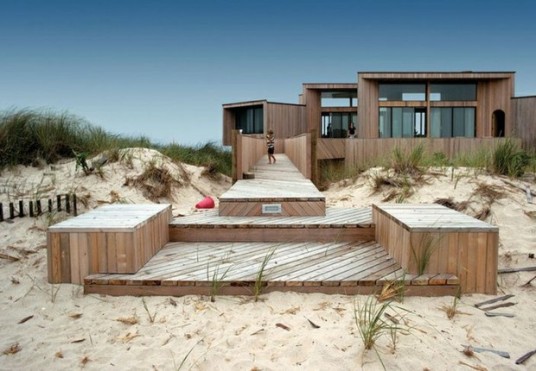
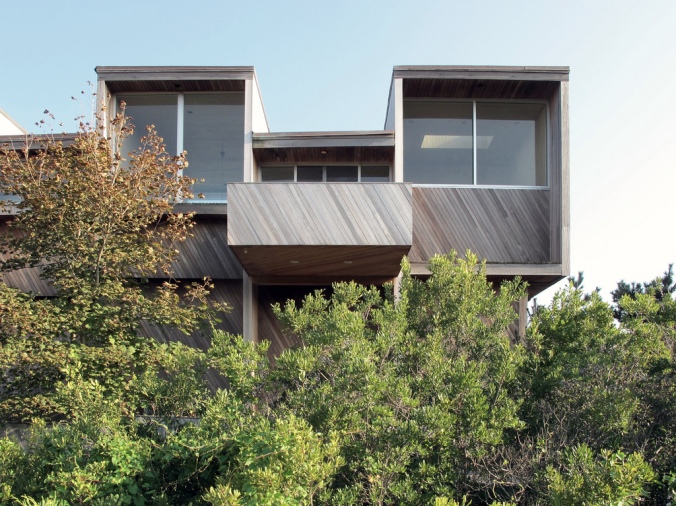
Horace Gifford House, Fire Island Pines
Source: